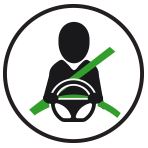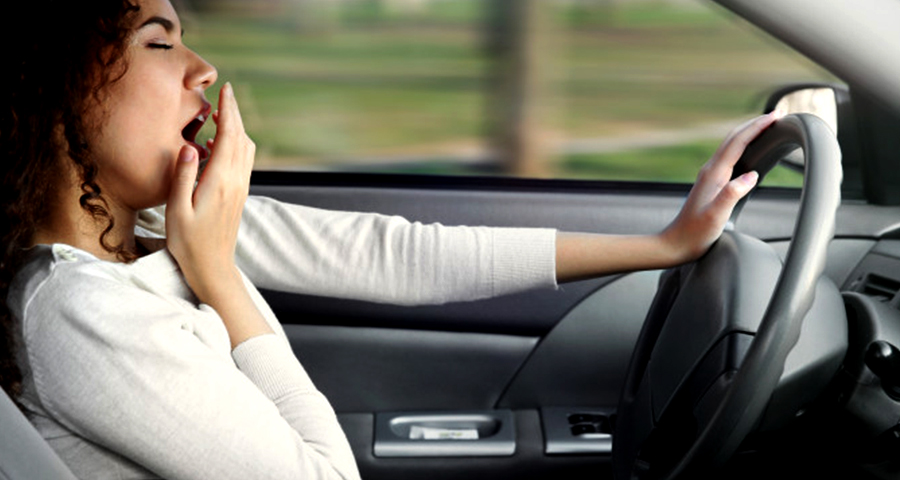Sleepy on the wheel?
agosto 9, 2017 por DriveSmart
It’s hard for you to keep your eyes on the road, your eyelids go heavy, you can’t keep your eyes open, you notice how your muscles relax … Wake up, :DriveSmart driver, you’re at the wheel!
Many drivers downplay drowsiness on the road and continue driving even if they know they are not in the best conditions to do so.
The solitary accident
However, sleep is a terrible travel companion that has become the cause of numerous accidents.
So much so that the sinister caused by its effects is known as Solitary Accident and it’s characterized because it usually happens at dawn (between 3 and 5 in the morning) or early in the afternoon (between 14 and 16 hours). When a single vehicle leaves the road and the driver goes alone in the car or the companions travel asleep. In addition, this type of accident usually occurs at high speeds and is usually serious.
Effects being sleepy has on the driver
- Drowsiness strongly reduces the driver’s ability to drive safely
- Increases reaction time
- Increases the number of distractions behind the wheel
- Changes the ability to make decisions at the wheel
- Decreases driver mobility
- Alters the perception of the traffic environment
- Causes behavioral changes
- It promotes the appearance of microdreams
What factors favor the appearance of fatigue at the wheel?
In general, the main factor that triggers the onset of fatigue is to carry out a task for a long time. That’s if we talk in general. But, when we talk about the appearance of fatigue at the wheel, there are numerous factors that determine, depending on the circumstances of the road, the car and the driver himself. Keep an eye out!
Circumstances on the road
Driving for long periods without stopping to rest or take short breaks is the main cause of fatigue at the wheel. But there are also others, like …
- Maintain excessive speed for a long time
- Driving with sleep, under the effects of alcohol, tired or sick (a simple cold is enough)
- Changes in driving habits. For example, drive at night if you are not used to it
- Be a new driver because you need more concentration behind the wheel
- Keep inappropriate postures in the seat. Aches, stiffness, or muscle overload can tell you that your posture is not right
Recommendations to avoid fatigue and sleep in the car
When the dream meets the driver at the wheel, it is very difficult not to accompany him on the trip. Therefore, the key is to prevent it from appearing. You know, better safe. And for this, do not forget that …
- The most dangerous hours for driving are between 3 and 5 in the morning and between 2 and 4 in the afternoon
- Long journeys cost, especially if you’re not used to them. Avoid doing them solo whenever you can
- Every 2 hours or every 200 km you have to rest for at least 20-30 minutes. If you encounter adverse weather conditions (night driving or fog, fatigue, etc.) rest more frequently
- You should avoid an overly relaxed posture behind the wheel and hold the steering wheel firmly
- You should direct some of the air outlets to the body or arms; never directly towards the eyes
- Driving with an elevated temperature in the car can induce sleep
- Listen to relaxing music … relax (sometimes, too). If you are accompanied, take the opportunity to chat: you will stay awake
- You should not drink alcohol or hot milk when you have to drive. With regard to stimulants (such as coffee) you should use them with caution, since their properties mask the effects of fatigue and sleep and can produce a dangerous rebound effect

